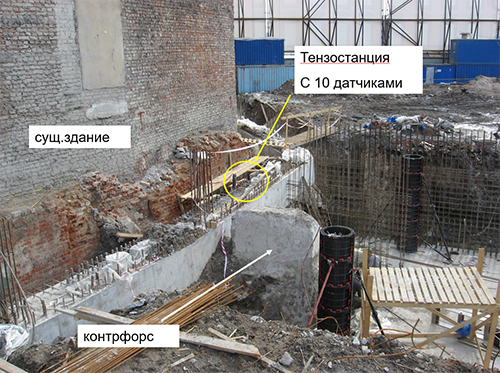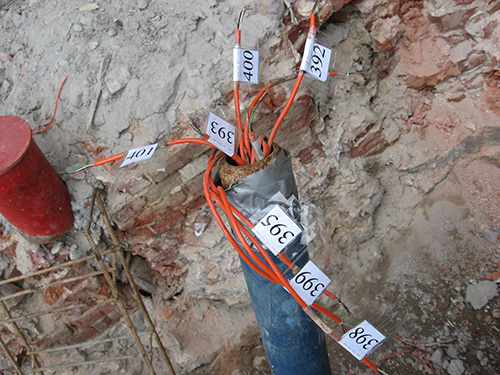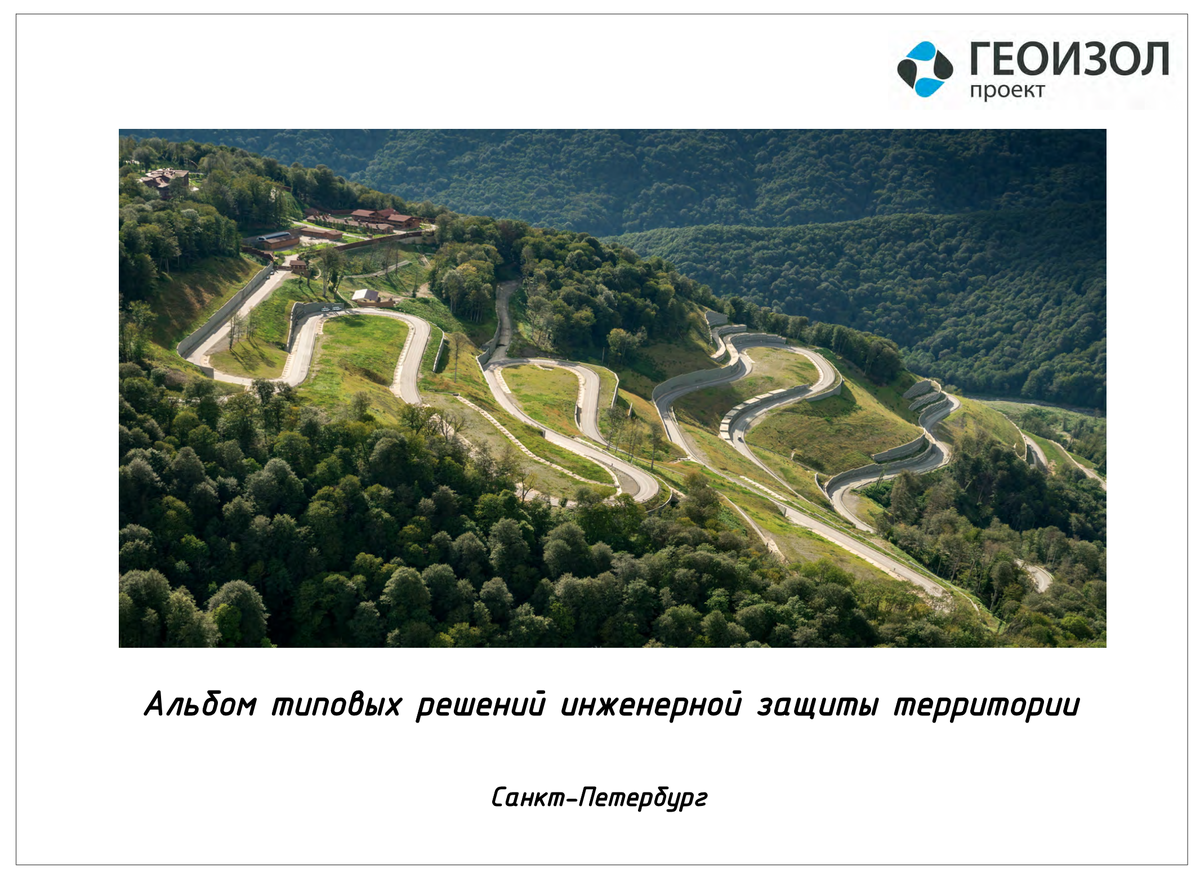Geotechnical monitoring represents the system of instrumental observations of the construction projects. It allows early identification of the risk of adverse processes both during construction, assembly works and during the upkeep of buildings and facilities.
Geotechnical monitoring solves the problems of:
- quality control of the objects under construction;
- safe objects operation;
- minimization of onsite emergency situation risk (deformation of load bearing structures, impossibility of safe operation of objects and industrial disasters).
The scope of geotechnical works is determined for each task or construction individually and depends on its complexity.
The important parts of geotechnical monitoring are:
- frequency and observation terms;
- type of summary documentation being provided;
- plan of actions in the event of adverse situations.
The major objects of geotechnical monitoring are:
- mudflow protection facilities;
- civil, public and industrial buildings;
- highways and railways;
- landslide areas.
The main monitoring methods are:
- control over crack openings in existing buildings;
- monitoring for horizontal and vertical displacement and deformation of structures and buildings on the whole;
- monitoring for stress changes in soil body or structural element of an object;
- measurement of soil water level;
- quality control of pile-driving works;
- quality control of concrete and reinforced concrete elements construction;
- earthwork quality control.



